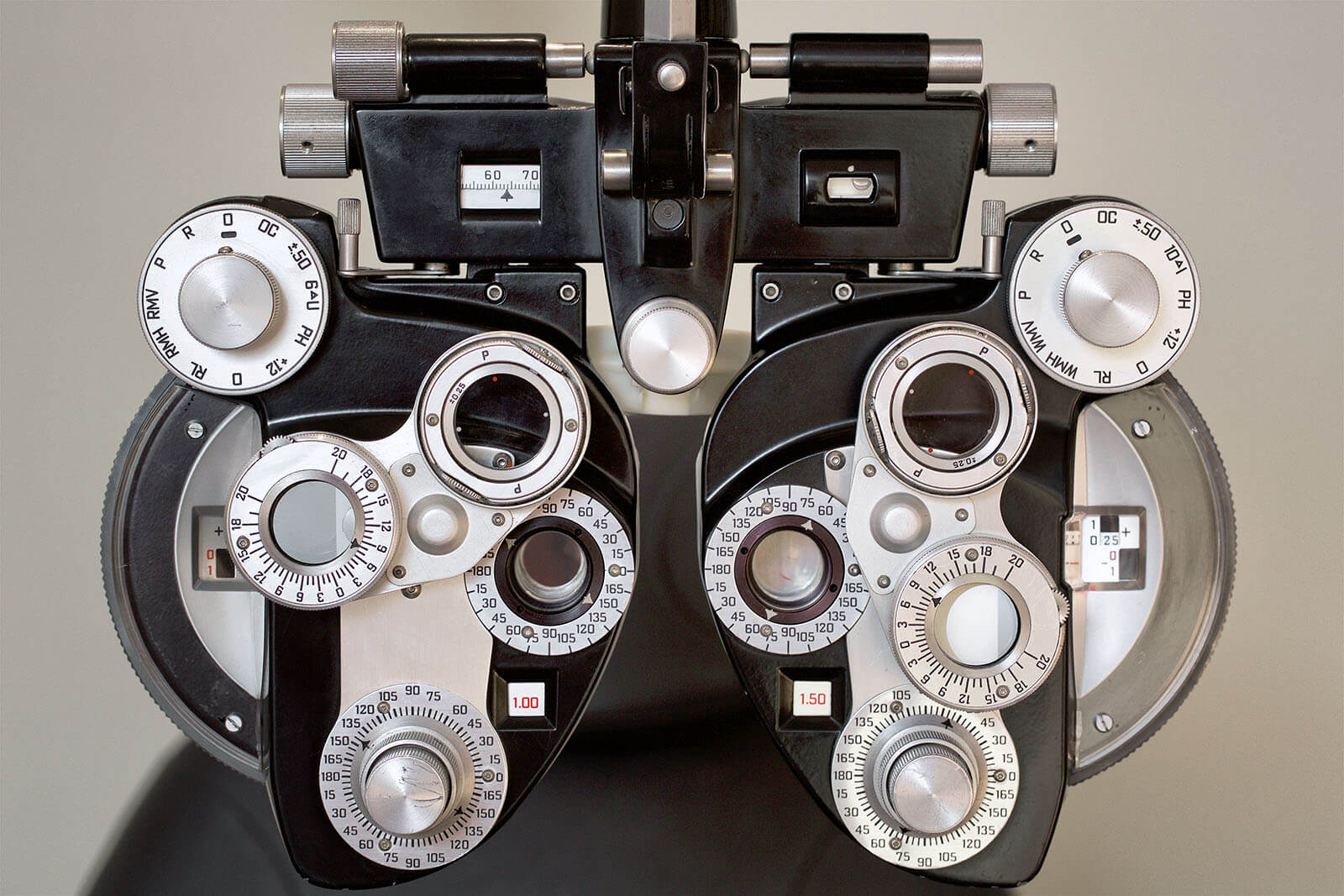
Sometimes our brain favors one eye over the other resulting in one eye having permanently reduced vision. Early detection of amblyopia, or lazy eye, can retrain your brain to not have a favorite and restore comparable vision to both eyes.
There are three different kinds of amblyopia:
- Strabismic amblyopia may be detected by the child’s parents as one eye may turn in, out, up, or down. The brain chooses to focus completely with the eye which sees straight; thus turning “off” the eye that does not see straight.
- Deprivation amblyopia exists when a cataract obstructs vision subsequently causing children to never learn to see very well. This type of amblyopia is easily detected by an optometrist during an exam. This type of amblyopia requires the cataract to be removed from the eye.
- Refractive amblyopia is only detected during a vision test. Refractive amblyopia happens when one eye sees better than the other, causing the child’s brain to favor the better seeing eye and learns to not see well from the eye with a greater refractive (prescription) error.
Once amblyopia is detected the doctor will create a plan for treatment. Amblyopia is treatable by teaching the child’s brain how to better see with the lesser-favored eye. Treatment options vary based on the case. Lots of times, your doctor will place a patch on your child’s dominant eye, thus forcing the child’s brain to use, and improve, the weaker eye. He will request you schedule vision check appointments on a regular basis to monitor your child’s improvement.
The process requires persistence from all parties. In all cases, our goal is to have the best possible vision in each eye. A glasses prescription may improve your child's vision but not every child can be improved to 20/20 vision. Early detection of amblyopia is crucial!
